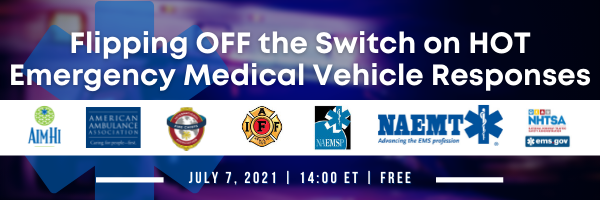Flash Poll | Uncompensated Care in EMS
The growing EMS economic crisis is a combination of expense increases for service delivery AND the reimbursement for services provided.
One of the major factors in the revenue gap for EMS as a safety-net healthcare provider is the percentage of patients who cannot pay for their EMS care due to lack of insurance, meaning the patient is responsible for reimbursing the cost of EMS care.
To help NAEMT, AIMHI, and other associations develop communication strategies regarding public policy to address rising levels of uncompensated care, we are asking EMS agencies to help quantify the level of uncompensated care in their agency.
You can participate in the FLASH POLL through the on-line link here:
For your planning purposes, we’re including the questions on the poll below, so you know in advance what the questions are…
The Centers for Medicare and Medicaid Services (CMS) defines uncompensated care as “Health care or services provided by hospitals or health care providers that don’t get reimbursed. Often uncompensated care arises when people don’t have insurance and cannot afford to pay the cost of care.”
https://www.healthcare.gov/glossary/uncompensated-care/
Using this definition, we’d like to seek your input on the following six data points related to your level of uncompensated care.
| 2019 | 2021 | 2023 | |
| % of your billable services that were billed to patients as the primary payer.
(Often referred to as “Self-Pay”, or “Private-Pay”, or “Uninsured”) |
|||
| Average dollar amount reimbursed per service for this payer classification. | |||
| Your Average Patient Charge. |
Agency Name:
Name and E-Mail Address of Respondent:
Service Type:
- 911/Emergency Only
- Primarily 911 with Some Inter-Facility
- Primarily Inter-Facility with some 911
- Inter-Facility Only
Agency Type:
- Private (including private, nonprofit)
- 3rd Service Governmental
- Hospital-Based
- Fire-Based
- Public Utility Model
- Other
Primary Service Area State:
Annual Response Volume:
- 1 – 1,000
- 1,000 – 10,000
- 10,000 – 25,000
- 25,000 – 50,000
- 50,000 – 75,000
- 75,000 – 100,000
- Over 100,000






.png)
